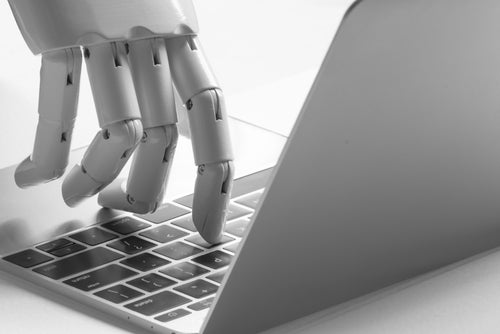
Concept: Researchers at the Institut Mines-Télécom Atlantique in Nantes, France, Tohoku University in Japan, and Université de Sherbrooke in Canada have collaborated to build ‘AgnathaX’, a long, undulating swimming robot that mimics a lamprey, which is a primitive eel-like fish. It uses simulated central and peripheral nervous systems to get better results. Researchers intend to study locomotion in animals with an ultimate goal to understand the neuroscience behind the generation of movement.
Nature of Disruption: The team of researchers aims to analyze how an animal’s neural system interprets sensory data in order to produce a specific type of movement. Researchers developed AgnathaX has a set of motors that cause the ten segments of the robot to move in waves, precisely like the muscles of a biological lamprey. The lamprey’s skin features pressure-sensitive cells that measure the force of water against its body, and the robot has force sensors scattered laterally along with its segments that imitate those cells. The team trialed the movement of the robot in a pool equipped with a motion tracking system, wherein they selectively activated and deactivated the central and peripheral inputs and outputs of the nervous system at each segment to measure AgnathaX’s movement and thereby test their hypothesis about the neuroscience involved. According to the study, both the central and peripheral neural systems play a vital role in the lamprey’s motility. The benefit of having the two systems work together is that it increases resistance to neurological disruptions such as failures in body segment communication or muted sensing mechanisms.
Outlook: Researchers used a swimming robot to examine mathematical models that represent the diverse components of the nervous system and aid in better understanding its complex dynamics. The discoveries of the research could now be used to develop more effective swimming robots for search and rescue missions, environmental monitoring, and perhaps better therapies for human spinal cord injuries. Moreover, researchers at EPFL’s School of Engineering’s Biorobotics Laboratory (BioRob) are creating new robots to investigate animal locomotion and, in turn, get a deeper knowledge of the neurobiology driving movement generation.







